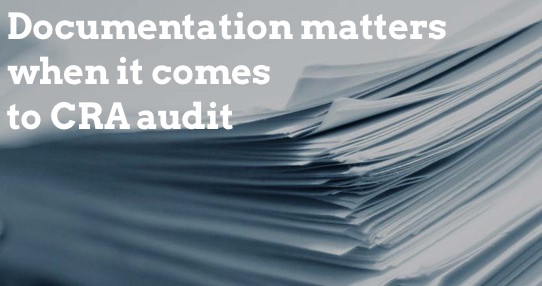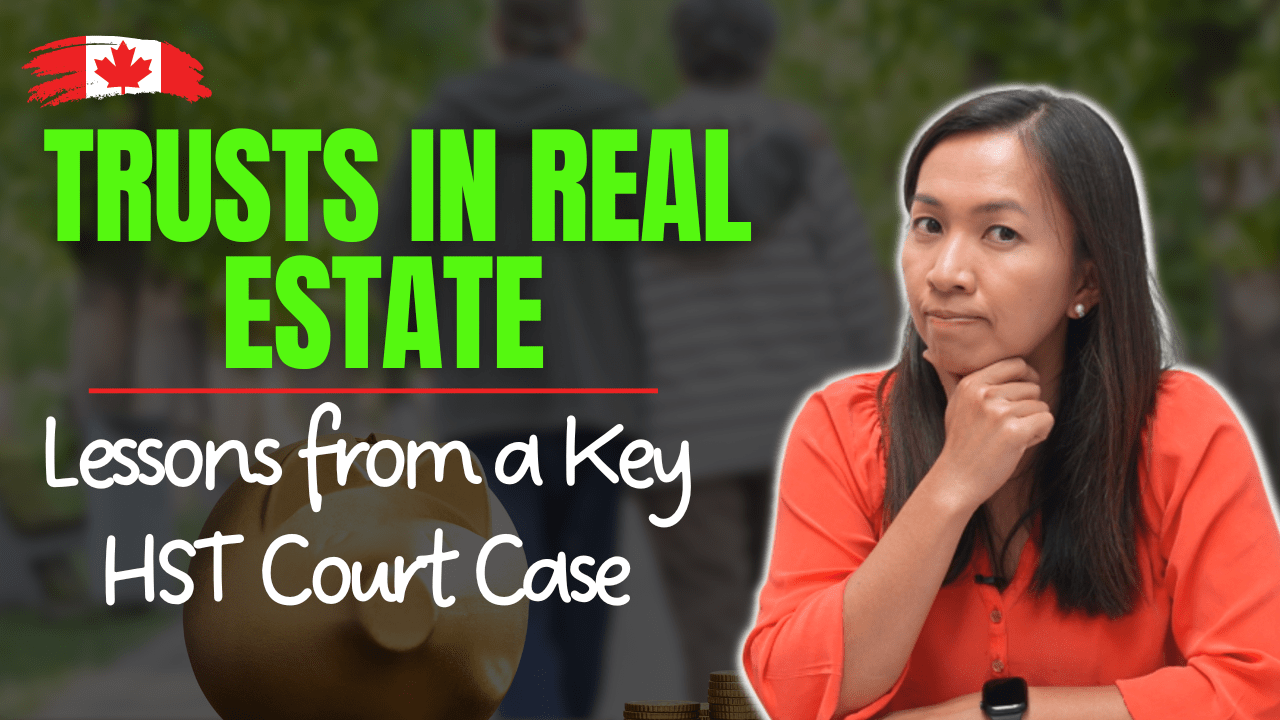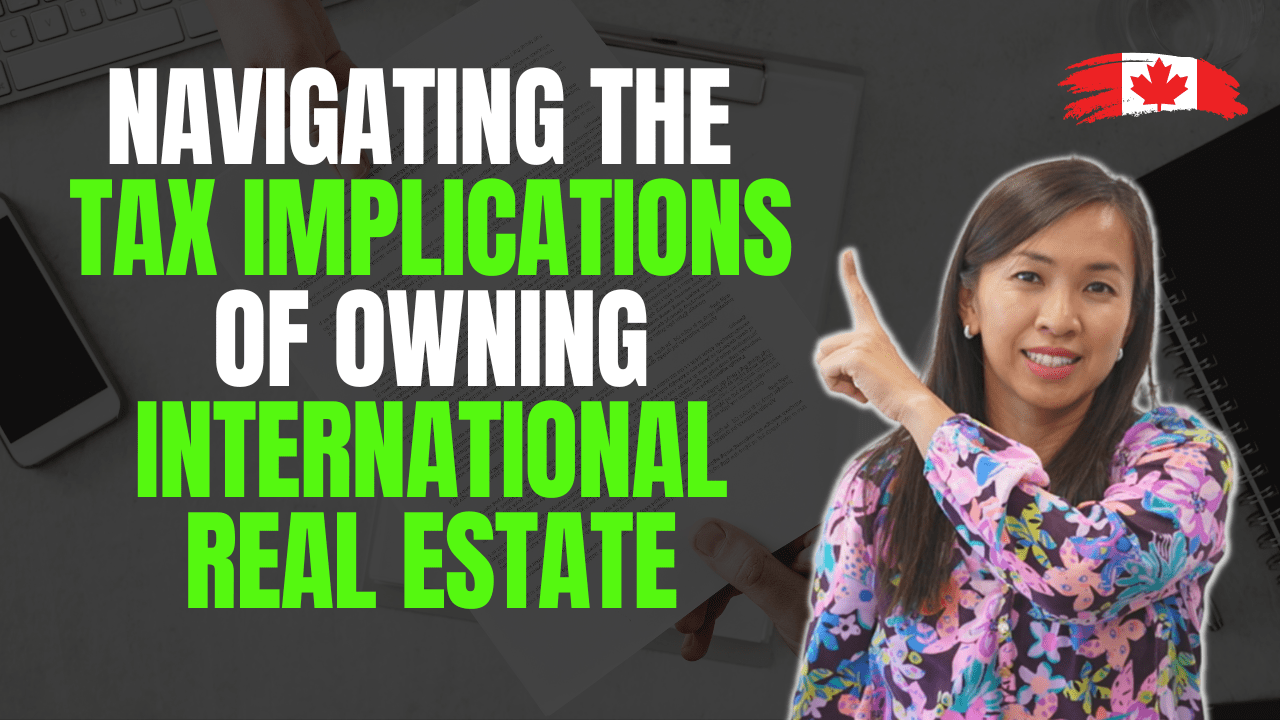Starting in 2011, Canada Revenue Agency (CRA) has been going after the New Home HST rebate program for a few years now.
Many of the new home buyers intended to move into the new homes, but circumstances change in the few years of construction. Sometimes it is no longer feasible to move into the new homes anymore.
But, out of the many legal documents that we sign when we purchase the new homes, one of them is that we intend to move into this new place. This document allows the builder to apply for the New Home HST rebate on behalf of us and give us the credit.
Some builders may even refuse to sell the house to you, if you refuse to sign this document that will assign them the right to claim HST rebate on behalf of you.
 A recent court case, Montemarano v. The Queen, 2015 TCC 151 (CanLII), between a taxpayer and CRA had been ruled. You can find out more about the case in this Toronto Star article.
A recent court case, Montemarano v. The Queen, 2015 TCC 151 (CanLII), between a taxpayer and CRA had been ruled. You can find out more about the case in this Toronto Star article.
The taxpayer was in a serious relationship with his then girlfriend and they were planning to get married. In anticipation of these life changing events, he bought a new house in Brampton in 2009, intending to move in once they got married.
The taxpayer moved into the house upon an extended closing in December 2010.
One of the criteria the court would look at is whether the taxpayer truly lived at the house or not. If the taxpayer simply “camped out” at the house with a tooth brush and a bed, CRA does not consider that as “living in” the house and hence would disallow the claim.
The taxpayer actually presented the evidence that he didn’t get any new furniture when he moved in. He simply got some used furniture from his parents, including a bedroom set, a dining table set and some glasses and cutlery. It might have appeared to be a temporary arrangement in the eyes of CRA, but the taxpayer’s argument was that he and his fiancé would have chosen new furniture when they got married and it was customary in his tradition to get used furniture from his parents.
Unfortunately he and his girlfriend broke up in March 2011. He subsequently listed the house for sale and incurred a capital gain of $130,000 in September 2011.
He designated the home as principal residence, sheltering the $130,000 capital gain, and he also got credited by the builder for the new home credit for over $27,000.
Canada Revenue Agency didn’t like it, challenging him that he was not genuinely intending to live in the house.
CRA argued that the taxpayer didn’t even have his CRA record, his health card and driver license address changed to the new place.
The law basically requires that the taxpayer to have the genuine intention to live in the house as his primary place of residence at the time when he purchased the property.
Justice Valerie Miller concluded in favour of the taxpayer based on the following analysis –
- Taxpayer’s friends testified that they helped him out to move into the place and they often visited him at his house for poker games.
- Although the taxpayer didn’t change the address of his driver license and other government records, his original address was his parents’ house which he has regular access to his mail. Hence, the argument that he didn’t do so was not sufficient.
- A letter written by his real estate agent advising him on how to position his home for a quicker sale. In the letter his real estate agent advised him to either leave his house vacant or stage the house, instead of leaving his house with current style of furniture. In addition, his agent also advised him to empty the garage by clearing out all the garbage he had. This was supporting the fact that the taxpayer was truly living at the house at the time of sale.
- The Taxpayer presented his water bill for Feb 2011. CRA argued that there was no water charged for that period and hence argued that he did not live in the premise. However, the Taxpayer explained that there was no charge for the water when usage is below 10,000 litres.
It isn’t always easy to prove genuine intention. Most of the time, it comes down to a reasonable and objective interpretation of all the evidence you can provide, such as utilities bill, correspondence between the taxpayers and other parties at the time when the transaction occurred, etc.
In this case, the taxpayer had only lived in the property for less than 9 months and he never changed the address of his driver license or any of his government records.
Make sure you speak to us when you are planning to sell a new home shortly after closing.
Until next time, happy Canadian Real Estate Investing.
Cherry Chan, CPA, CA
Toronto Accountant





